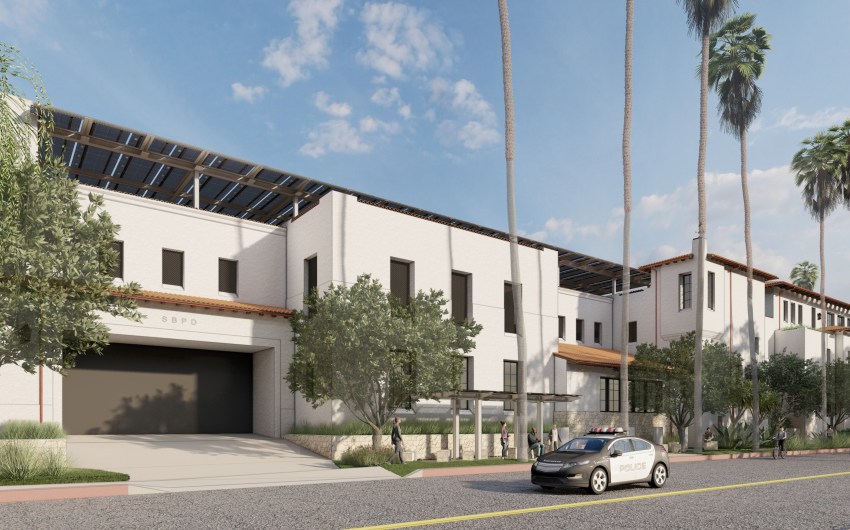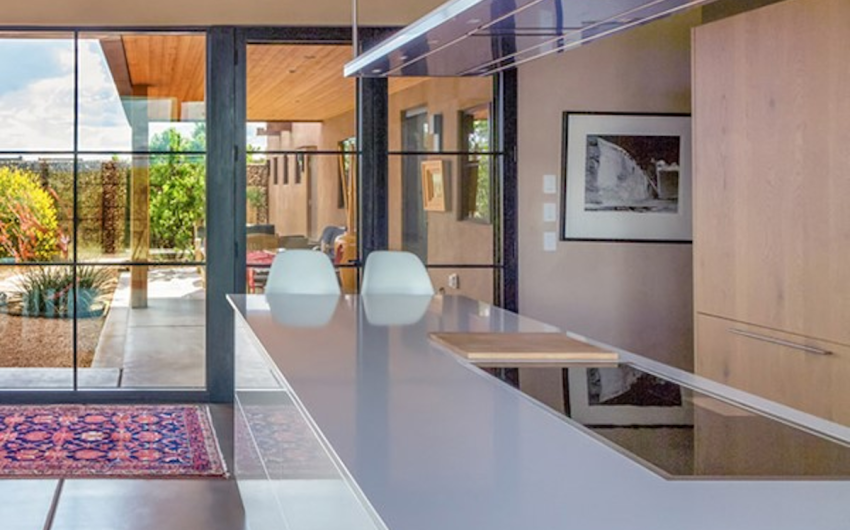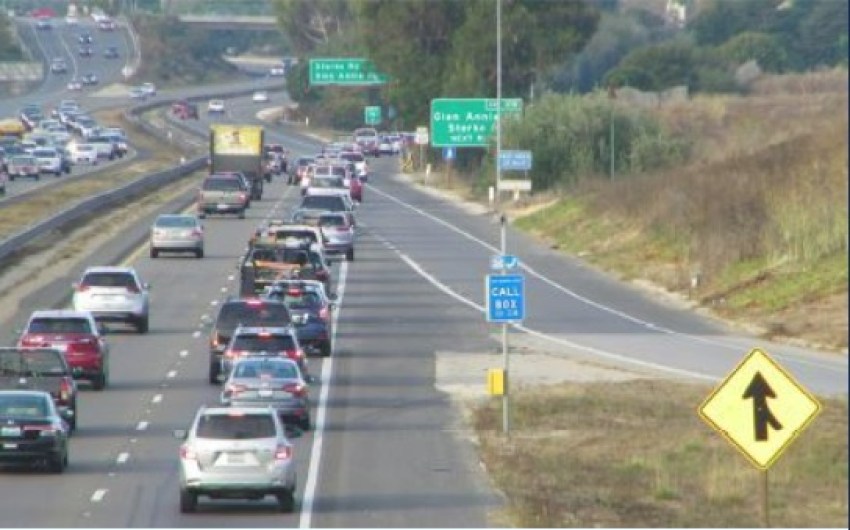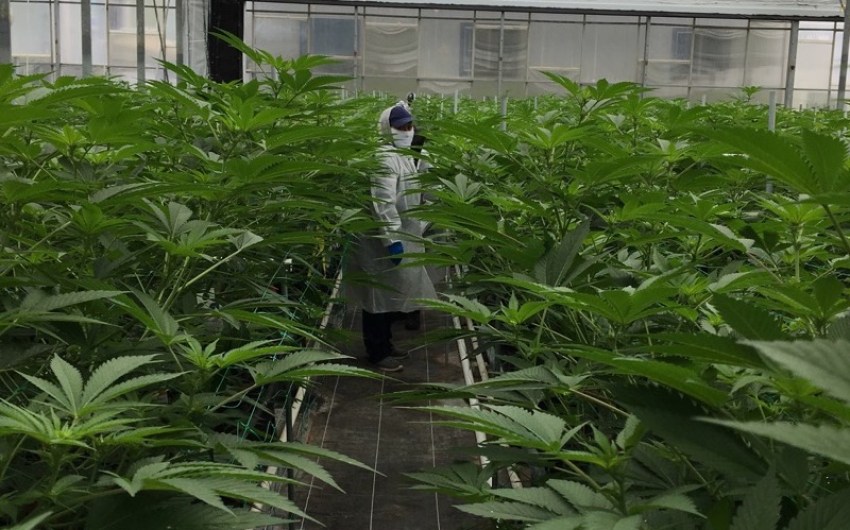Sustainable Measures for Decarbonization
Correcting the Imbalance in Modern Carbon Cycles
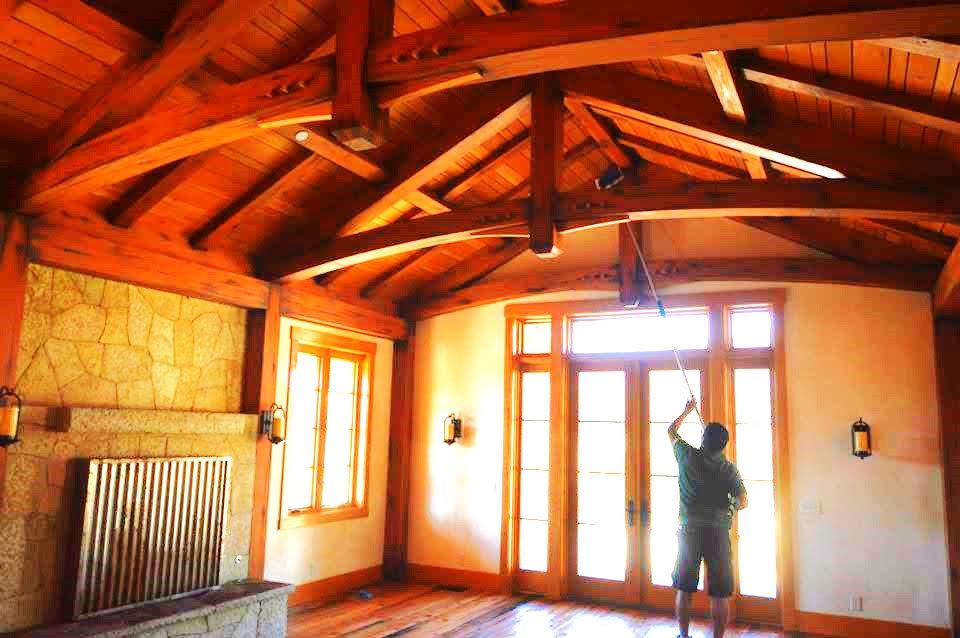
Carbon naturally cycles through our environment in many ways: From the carbon in the carbohydrates we eat and metabolize into energy, to the wood-chip mulch on garden beds that gets metabolized by soil organisms. Generally, nature is a system that keeps carbon-based energy tied up in cycles.
For hundreds of thousands of years, human activity remained in balance with this carbon-energy cycle. Even when we burned plant material, there was still enough new plant material to pull that carbon back out of the atmosphere. Modern society, as we all know, has fallen out of balance — producing too much carbon by burning fossil fuels on a massive, continuous, and global scale.
Because we extract and burn reserves of ancient hydrocarbons faster than the environment can cycle them back into living tissue, or feed active creatures, we have this imbalance. Too much carbon dioxide stored in the atmosphere (“greenhouse gas”) traps excessive heat, which leads to Earth getting warmer.
Construction, as well as the daily use of buildings, also produces a lot of carbon dioxide. The term “operational carbon” refers to the amount of carbon released into the atmosphere from a building’s utilities — heating, cooling, lighting, etc. Design strategies such as mindful building orientation with respect to the seasonal trajectories of the sun, incorporating well-insulated building material, efficient electric equipment packages, and solar panels, and making considered planting choices, can each significantly reduce operational carbon.
Additionally, a lot of carbon dioxide is released through the production and transportation of the materials used to construct the built environment — so-called, “embodied carbon.” Steel, aluminum, plastics, and cement are a few of the worst offenders, not to mention the exhaust produced in transportation and the waste that goes into current building models.
Recycling, repurposing, and reducing construction waste — along with utilizing locally produced materials — are great ways to reduce the embodied carbon that goes into a built space. Other strategies include using materials that pull carbon from the atmosphere and put it into buildings.
Some possibilities for sequestering carbon in the built environment include: Replacing steel beams with heavy timber made from FSC (Forest Stewardship Council) certified wood; Building with natural building materials such hempcrete, strawbale, and cobb, and plant-based building materials such as wood, hemp, cotton, straw, and cork, that are grown and harvested responsibly, are non-extractive, and work within nature’s carbon cycling system.
By sustainably growing and harvesting plant-based building materials, we pull carbon from the atmosphere and embed it in buildings. In this way, we can develop the built environment with carbon cycles that more closely match pre-industrial carbon cycles.
Natasha Elliott, LEED is a member of the American Institute of Architects’ Santa Barbara chapter. For more info about AIASB, visit AIASB.com.

